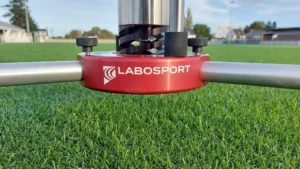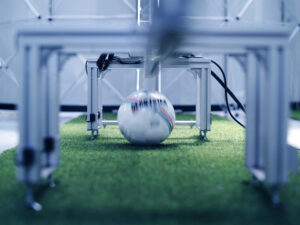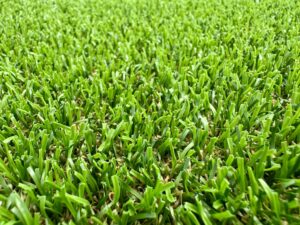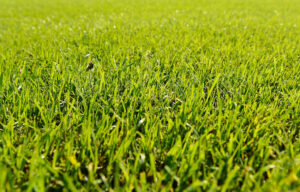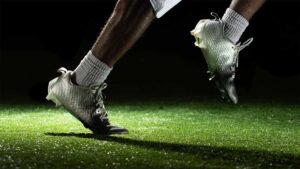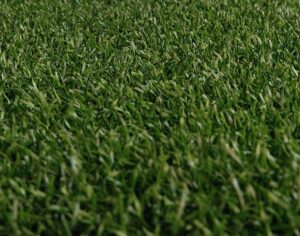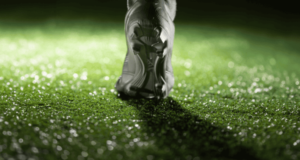Article
Impact testing for sports surfaces: what they tell us (and what they don’t)
When we talk about “how a surface feels” or “how safe it is,” we are really talking about impact mechanics. How energy is absorbed, transmitted, and returned when the body meets the surface. In practice, the sports surface industry relies on three main tiers of tests. Each provides useful information, but each answers a different question. Direct impact and compaction tools such as the Clegg hammer These are simple portable devices…

